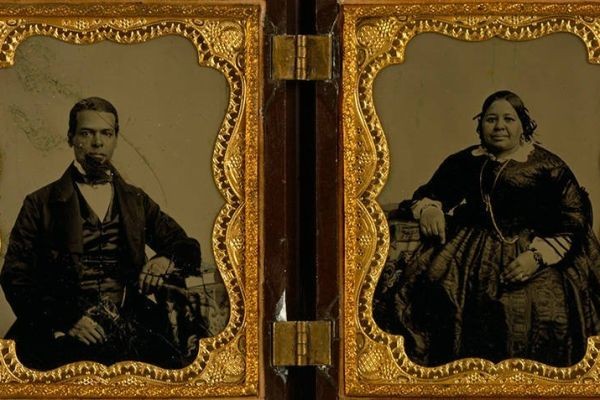As more blacks in the United States gained their freedom from slavery in the 18th century, many of them relocated from the south to more urbanized areas in search of work and a new life. Many people used the Underground Railway system to get to places like New York.
Despite their freedom from slavery, newly liberated African-Americans had to develop thicker skin in order to deal with racism and segregation, and they often had to live together in areas where the white population had abandoned them.
Andrew Williams, a wealthy shoe shiner (also known as a bootblack) and Epiphany Davis, a laborer and trustee of the African Methodist Episcopal Zion Church, bought land from John Whitehead, a real estate protector, in 1825.





 Photo – The Weekly Challenger
Photo – The Weekly Challenger






